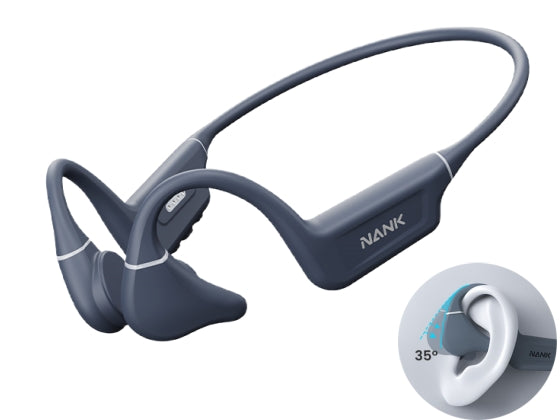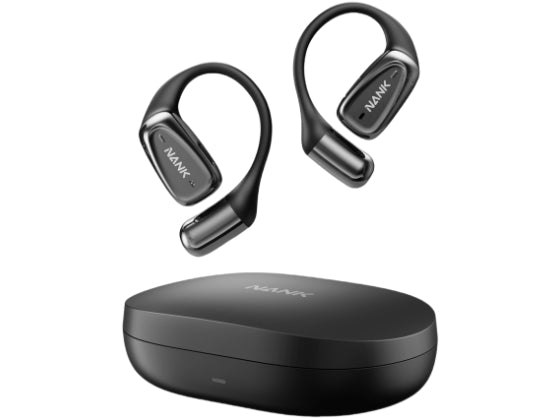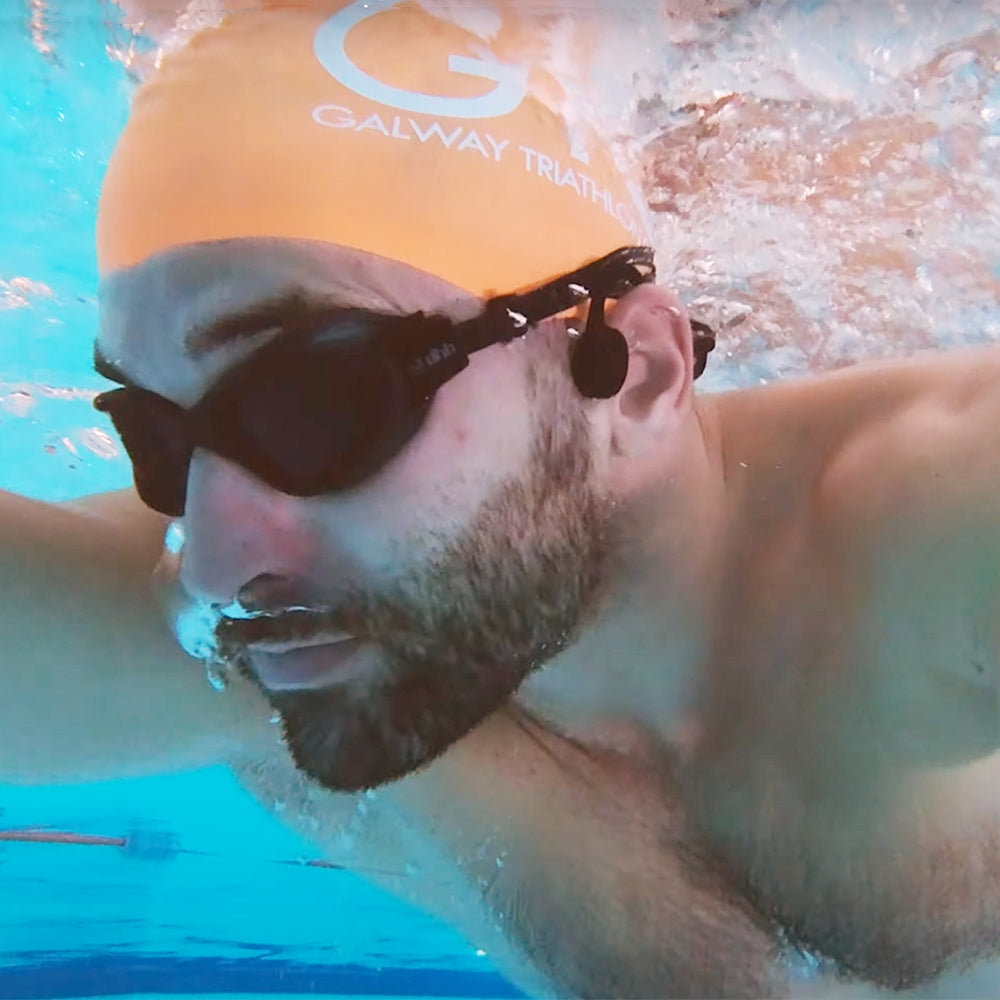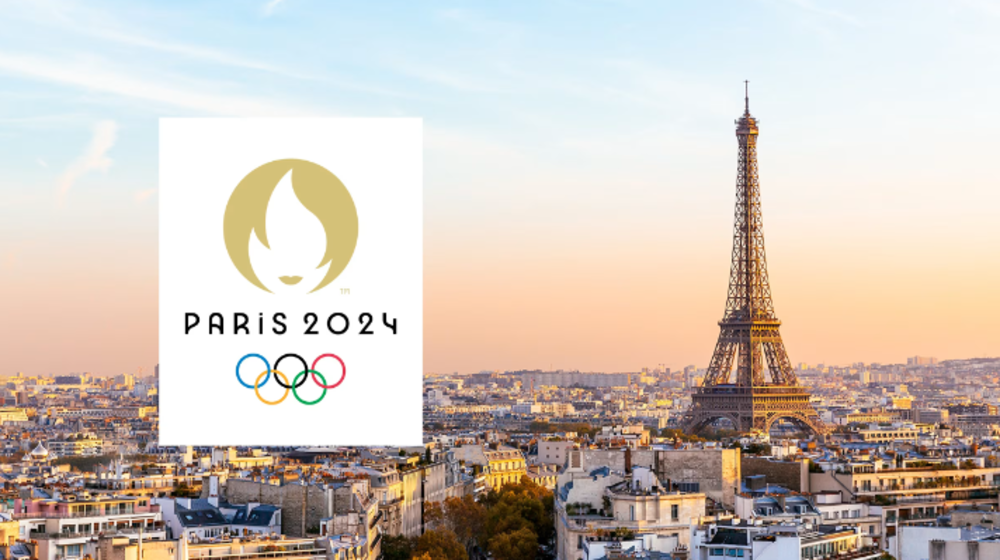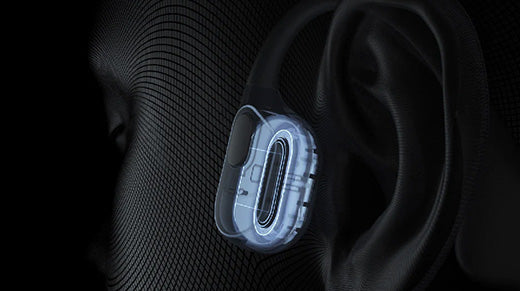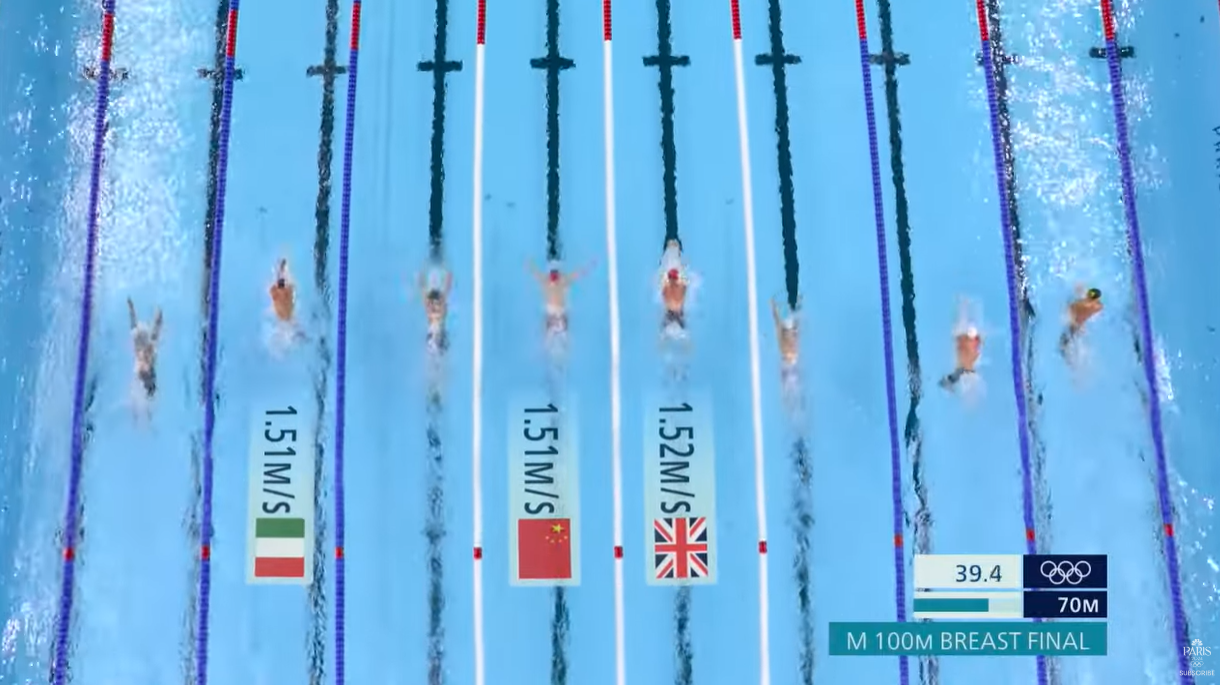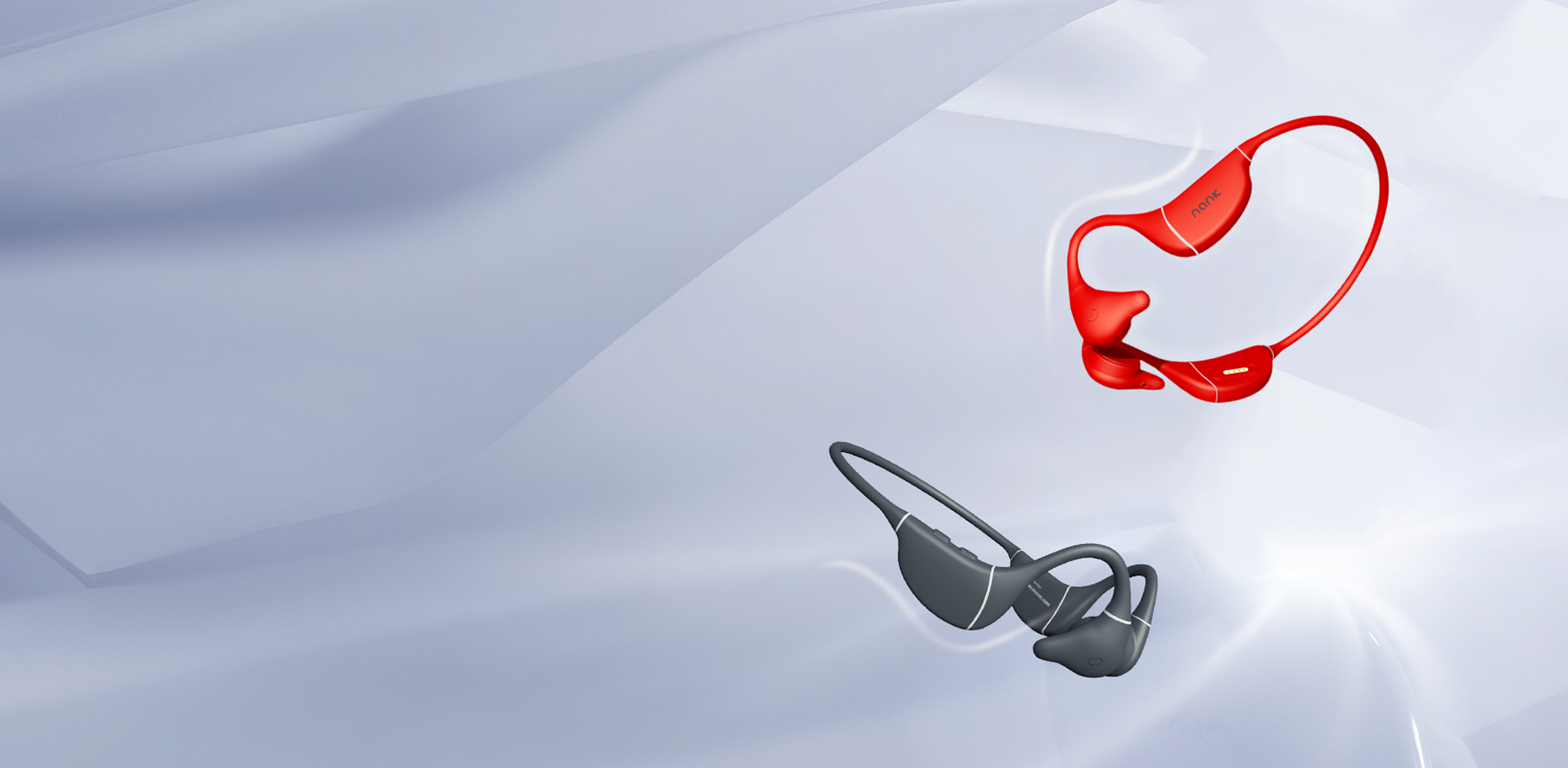The 2024 Paris Olympics triathlon has undoubtedly captured global attention - but for reasons beyond the athletic prowess of the competitors. The swimming leg of the competition has become a focal point due to concerns over the water quality of the Seine River. While Paris is known for its romance and beauty, the Seine has also been a subject of environmental concern.
In this article, we'll cover up the ideas of triathlon, explore the unique challenges of it presented by the Paris Olympics this time, and most importantly, examine the ongoing debate about the water quality of the Seine.

What is Triathlon?
Triathlon is an endurance multi-sport race consisting of swimming, cycling, and running, completed in succession. Athletes compete for the fastest overall completion time, including transition times between disciplines. It is a demanding sport that tests an athlete's endurance, strength, and mental toughness.
The roots of triathlon can be traced back to the 1920s, but it wasn't until the latter half of the 20th century that the sport gained significant popularity. The pinnacle of triathlon competition is undoubtedly the Olympic Games, where it has been featured since 2000.

What Events are Included in Triathlon?
A standard triathlon typically includes three events: swimming, cycling, and running.
The order of these events is always the same: swim, bike, run. However, the distances can vary widely, from sprint distances to ultra-endurance events.
- Swimming: Compete in open water, requiring skills in different swimming strokes and conditions.Most of the triathletes choose freestyle since it’s the fastest. If they need a break, breast stroke will be a choice since it’s relatively relaxing and gives a good sight, which is very important in open water swimming.
- Cycling: The cycling leg is usually a road bike event, testing athletes' endurance and speed.In this leg, triathletes ride the bike with bare feet - they will pick up the shoes at the terminal right before turning to running leg.
- Running: The final leg is a run, often on roads or trails, depending on the race format.After the former two legs, this is an extremely tough race for the triathletes.
The Results of 2024 Paris Olympic Triathlon
We’ve mentioned that the distances vary in different competitions, but for Olympics, there are strict rules without doubt.
For individual race (both men's and women's), triathletes have to finish:
- Swim: 1.5 kilometers(about 0.9 miles)
- Bike: 40 kilometers(about 25 miles)
- Run: 10 kilometers(about 6.2 miles)
There are also mixed relay competitions, where each team consists of two men and two women, with each athlete completes 300 m swimming, 8 km biking, and 2 km running.
As of today, the individual events are now wrapped up, and the medal podium was shared by:

Cassandre Beaugrand the Gold winner
Beyond the Medal Stand: The Controversy of Seine
The Seine River, while iconic, has a complex history. For decades, it was heavily polluted, making it off-limits for swimming. The French government has invested significant resources in preparation for the 2024 Olympics, including 1.5 billion dollars in infrastructure improvements to clean up the long-polluted Seine.
The Deterioration of Water Quality Due to Heavy Rain
Before the world watched as athletes showcased their incredible endurance and speed, a series of heavy rains cast a shadow over the event. From Friday’s opening ceremony to Saturday, the rain kept deluging.
The water quality in the Seine is closely linked to the weather. Though the river passed the necessary tests to host the triathlon, the rainfall leading up to the event caused a deterioration in water quality. The representatives for Paris 2024 and triathlon’s international federation said the water quality “did not provide sufficient guarantees to allow the event to be held.” They finally had to cancel the triathlon swim training on Monday. The men's final, which was scheduled for Tuesday, was postponed too.
The water quality was tested safe eventually. Despite the event taking place, questions about the water quality persisted, casting a shadow over the triumph of the athletes.
How Does the Triathletes feel?
Triathletes hold varying views on competing in the Seine River.
Cassandre Beaugrand of France, who won gold in the women’s event, said that she wasn’t very worried about swimming in the Seine.
American athlete Taylor Spivey was surprised by the strong current, and she's unsure if the water quality will cause any health issues.
There were images of Canadian athlete Tyler Mislawchuk throwing up after the swim - but to be fair, this was after the entire race, not just the swim portion. Triathlon is a grueling sport, and every finisher is pushing their body to the limit.
Why it Has to be Seine?
Back in June, when Paris Mayor Anne Hidalgo announced she would take a dip in the Seine to express confidence in the river's cleanup efforts. Well, on July 10th, Hidalgo did indeed swim in the Seine and gave the experience a glowing review.

Anne Hidalgo Swimming in the Seine River
Speaking of this, you might be wondering why the swimming leg of the triathlon has to be held in the Seine. There are a few reasons for this:
- First, triathlon swimming must take place in open water. Though Paris possesses other rivers and lakes, not all these water bodies meet the requirements for hosting large-scale international events. For example, they have issues such as insufficient depth, rapid currents, and inconsistent water quality.
- Secondly, the Seine is a central part of Paris. It plays a multifaceted role in Paris's economic and cultural development. Holding a world-class competition here offers a unique opportunity to showcase the city to a global audience.
- Additionally, the decision to use the Seine aligns with Paris's long-term goal of revitalizing the river and making it accessible to the public. From the money invested by the Paris government and its plans for river management, it is not difficult to see that the Paris government sees this Olympic Games as an opportunity.
Still and all - discussions exploding on Reddit about whether there is a Plan B for the Swimming leg or why choose Paris/Seine are still going on.
Amateur Triathletes: Daily Training and Community
Beyond the glitz and glamour of professional triathlon, there’s a thriving community of amateur athletes who embrace the sport as a lifestyle. Balancing jobs, families, and other commitments, these everyday heroes dedicate themselves to conquering the swim-bike-run challenge.
A typical training plan for an amateur triathlete can involve a balanced approach to all three types. Other exercises include cross-training activities like strength training and yoga can complement the core disciplines, preventing injuries and improving overall performance. Flexibility and rest are equally important for optimal recovery and adaptation.
Building endurance is key, so steady-state workouts are essential. The daily grind of training can get pretty boring, especially for amateurs who wear many hats. When it comes to building endurance, a little fun goes a long way. Music or Podcasts is certainly a good choice.
From this aspect, bone conduction headphones are a game-changer. Imagine downloading your Spotify playlists and put on the headphones, then you are ready for today's training.

The magic point of bone conduction headphones is that you can still hear the ambient sound due to the special tech - it transmits sound vibrations directly to the inner ear through the bones of the skull, which ensure your safety during training in an open ground.
They offer waterproof and dustproof protection for swimming and running, while the noise-canceling feature is a boon for cycling (which is very important since you don't want to hear nothing but the wind blowing). With the very light-weight design and a long battery life, these headphones become a reliable companion for those long, grueling training sessions.

Most amateur triathletes just love the sport and the challenge of pushing themselves. It’s tough, but it’s a blast! Plus, the triathlon community is super supportive. It’s all about pushing your limits and cheering each other on.
Conclusion
While keeping an eye on the coming-up mixed relay competitions in 2024 Paris Olympic triathlon, we do hope the water quality of Seine gets better and better, to give both the athletes and audiences a better experience.Beyond the professional stage, attention to triathlon that the Olympics raises will definitely help the triathlon community continues to thrive, inspiring countless individuals to try and embrace it - and that is the spirit of Olympic Sports.

